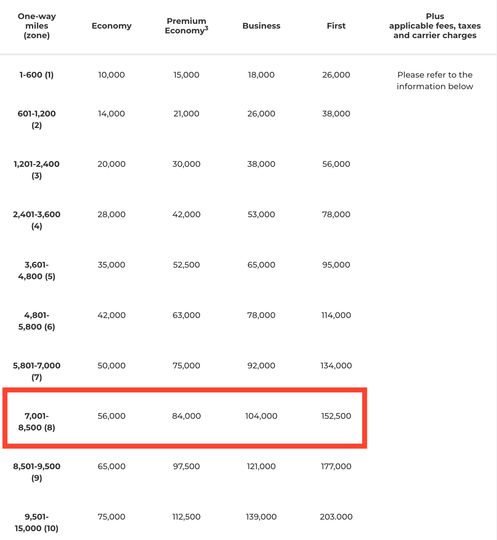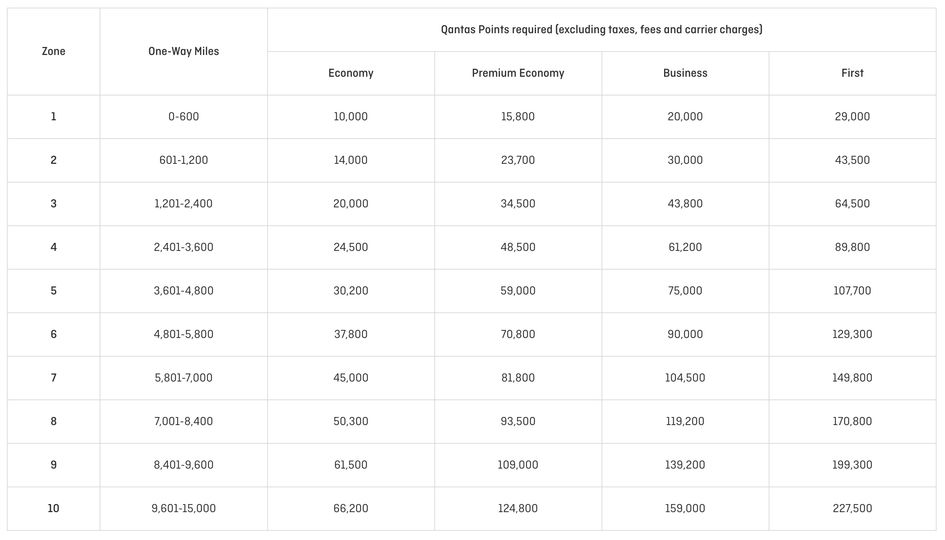Frequent flyer tip: how to calculate the distance of your flight
Knowing the miles travelled is key for booking a reward flight with your frequent flyer program of choice.

For many frequent flyer schemes – Qantas and Velocity included – the number of points needed to book a reward flight is based on distance flown. Knowing the number of miles means you can easily work out how any points are needed to book a seat.
Understanding this is also a time-saving move when setting a ‘points goal’ for yourself, or making a reward booking that can only be done by phone, because you’ll be able to confirm the points required (and ensure you have enough) before calling.
There are a couple of easy ways to work out the distance of a flight: you can use the airlines’ own mileage calculator, if it has one, or take advantage of the likes of Great Circle Mapper.
Qantas and Virgin Australia both have excellent mileage calculators, yet not all airlines do. For those that don’t, their ‘reward tables’ are your go-to – but first, you need to know the distance.
Using Great Circle Mapper’s distance calculator
While its name may sound like a grandiose Wizard of Oz-type figure with a passion for cartography, the Great Circle Mapper is actually a third-party website which has existed in more or less the same format since the mid-90s.
It’s not the most modern interface, yet it does the job – and does it well.
Most useful for airlines which don’t have their own mileage calculator, the tool provides accurate distance measurements in both miles and kilometres. It also gives you IATA airport codes (with explanations so you don’t select Sydney, Canada instead of Sydney, Australia).
To make a distance search, you’ll first need the airport codes. It’s easy to find them.
As an example, type in London-Sydney into the search bar at the top of the page, hit ‘distance’, and it will take you to a splash page to choose the IATA code for your desired London airport (e.g. LHR for Heathrow or LGW for Gatwick), and the same for Sydney (SYD).
After picking the second city’s code, it will then present the distance in miles between them. You can toggle to show kilometres by selecting it under ‘Distance and Time’ and hitting ‘calculate’.
Another good tool for seeking out the distance is Air Miles Calculator. To search, simply type in the city your departure and destination cities and hit enter.
You’ve got the distance. Now what?
Once you’ve found the distance of your trip, you can line that up with the ‘reward tables’ of your preferred airline frequent flyer program to check how many points you need.
For instance, when planning to use points for a Malaysia Airlines flight from Sydney (SYD) to Kuala Lumpur (KUL), you’d key in ‘SYD-KUL’ to reveal its distance (4,089 miles):
So, how many frequent flyer points do I need?
Sticking with the Malaysia Airlines example, and assuming you’re spending Qantas Points, call up the ‘Partner Classic Flight Reward table’, which Qantas uses when booking flights on most of its other partner airlines, including British Airways, Malaysia Airlines et al.
A one-way Sydney to Kuala Lumpur journey is 4,089 miles, which corresponds to Zone 5 in that table (3,601-4,800 miles). So, that means 75,000 Qantas Points are needed for a business class reward flight, or 30,200 Qantas Points for an economy ticket, one-way.
This figure exclusives taxes, fees and carrier charges, which vary depending on the route.
For a partner flight using Velocity Frequent Flyer, you’d start by checking the number of miles travelled, then load up the program’s reward tables to see which zone it falls into.
It’s worth noting the Velocity mileage calculator doesn’t list every airport visited by its partners, so you may need to fall back on the Great Circle Mapper to find the distance.
Flying from Brisbane to Vancouver on Air Canada – a distance of 7,351 miles – falls into Zone 8 on Virgin’s partner rewards table, with the number of points for business class being 104,000, or 56,000 in economy class.

Just be aware that the flight distances used by some frequent flyer programs can differ slightly from those presented by gcmap.com, and while that’s not an issue if your flight is comfortably inside a certain ‘zone’ bracket, it’s worth checking with your airline if your flight is a small distance on either side.





Hi Guest, join in the discussion on Frequent flyer tip: how to calculate the distance of your flight